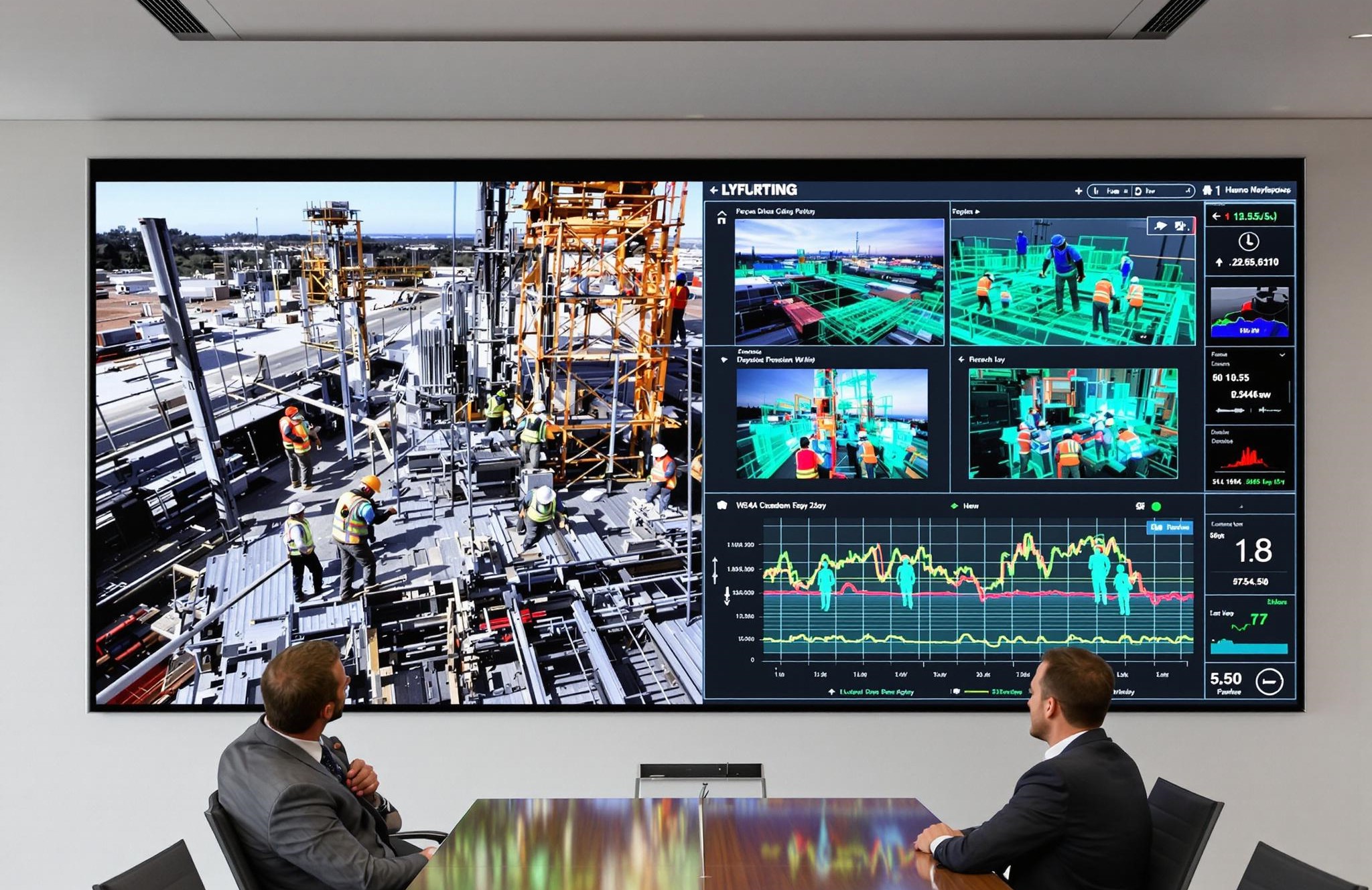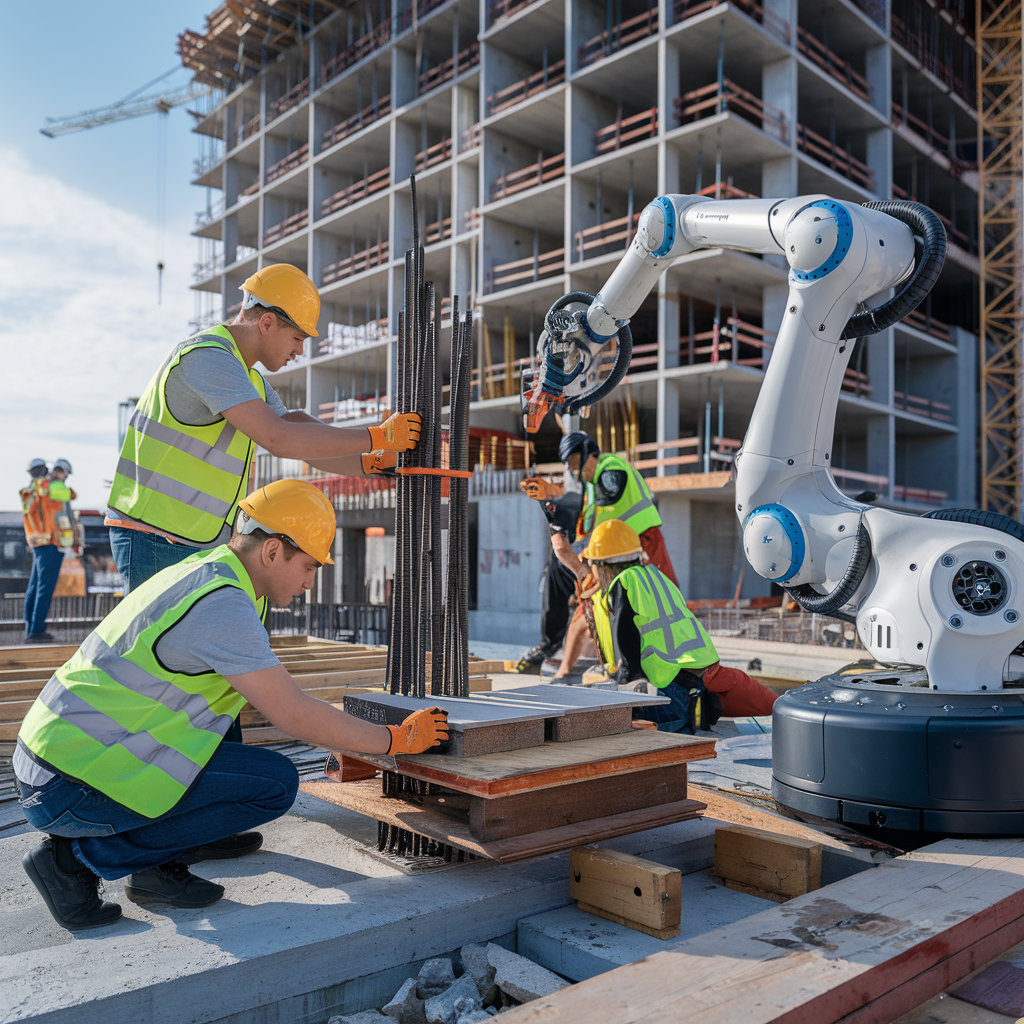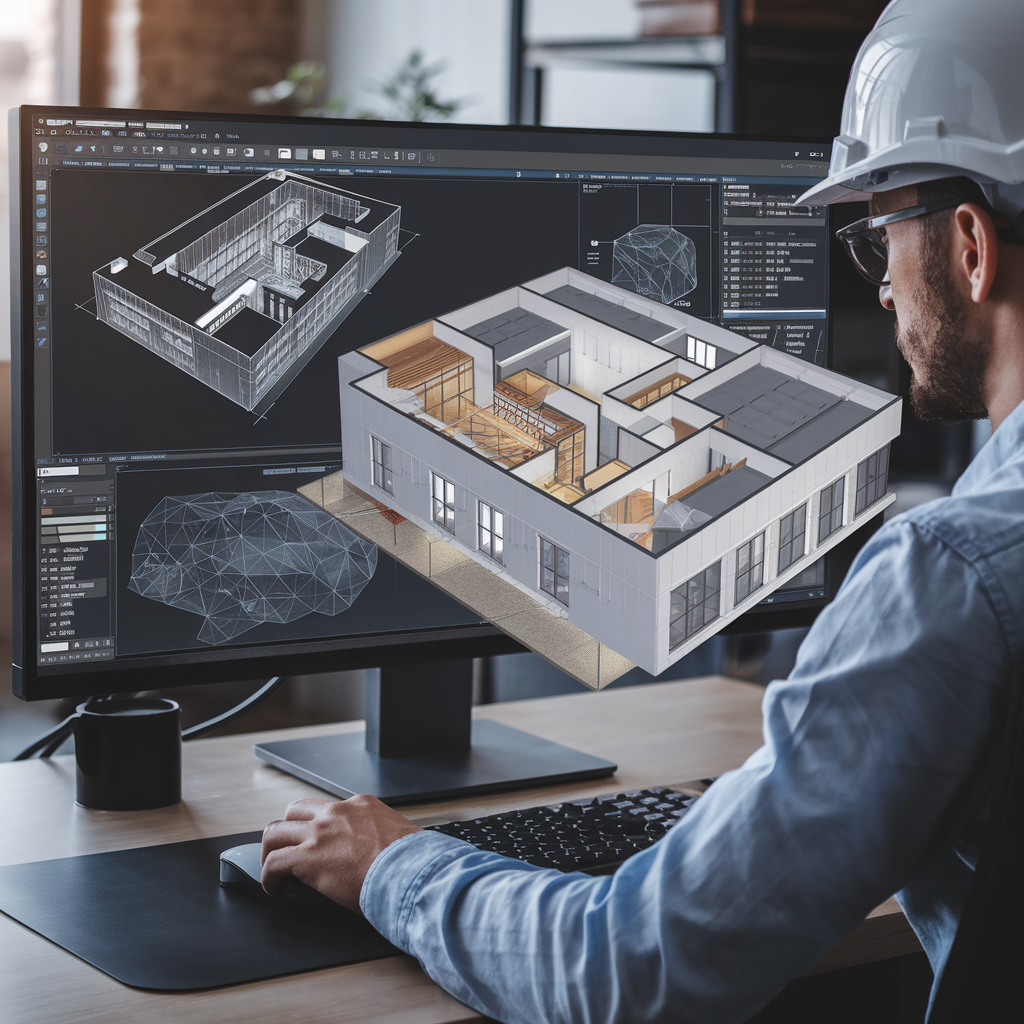Construction Management
Especially in today’s rapidly changing world, projects undertaken by civil engineers are increasingly extensive, complex and multi-faceted, spanning the design and implementation of a wide range of buildings and infrastructure, from people’s homes and other functional spaces in cities, to power grids and systems of water supply, waste disposal, transportation, as well as environmental protection and disaster mitigation. With the sheer scope and level of sophistication often associated with these projects, it becomes ever more crucial that they are managed effectively. Robust construction management practices are therefore essential to allow civil engineering projects to adopt smart digital technologies and attain not only technical precision but also sustainability, helping the industry address larger societal needs and issues, such as growing urbanization, resource scarcity and climate change.
The research of construction management is vibrant, interdisciplinary and collaborative, ranging from management science and data analytics to environmental policy and intelligent systems engineering. With our innovative research, strong curricula and training that we offer our students, as well as the cross-sector partnerships that we actively engage in, we are redefining the standard of excellence in buildings and infrastructure. In a world permeated with digital intelligence, we are doing our utmost part to build smarter systems and societies where quality and sustainability are upheld and projects deliver enduring values.
Current research of the construction management division focuses on the following areas:
Construction safety
Around the globe, the construction industry has had an unsatisfactory occupational health and safety record, and a primary contributing factor has been the strenuous physical demands and often unfavorable working conditions facing construction workers, causing them physical fatigue, mental exhaustion, even work-related musculoskeletal disorders (WMSDs). Traditionally, monitoring the health of workers relied primarily on subjective methods such as self-reporting and questionnaires. However, with the advancement of technology—particularly the emergence of computer vision, machine learning and deep learning—we can now propose a series of innovative methods utilizing various hardware and software, including RGB cameras, electroencephalography (EEG), electrocardiography (ECG), inertial measurement units (IMUs), surface electromyography (sEMG) and exoskeletons. We endeavor to advance the technology on how to effectively prevent occupational diseases and accidents through gaining a deeper understanding on the health statuses of construction workers. This not only enhances the safety of workers, but will also foster improvement on occupational health and safety across the entire construction industry.

Construction robots
Construction robots are increasingly deployed to mitigate safety hazards, labor gaps, and inefficiencies through AI-driven automation. Innovations such as 3D concrete printing, autonomous inspection drones and robotic exoskeletons enhance precision, reduce risks, and can be integrated seamlessly with BIM for real-time project coordination. Our current research prioritizes human-robot collaboration, swarm robotics, and adaptive machine learning, with the objective to optimize workflow in dynamic environments. We anticipate that our research outcome will substantially improve on-site safety, resource utilization efficacy, as well as the ability to adapt and meet unforeseen construction challenges.

Building information modeling (BIM) and digital twins
Building Information Modeling (BIM), a pillar for digital twin ecosystems, integrates 3D models enriched with structural, material and functional data, and is widely used in the design, construction as well as management phases of buildings. Our research focuses on using deep learning models to recognize building components and attributes from often disorganized point clouds and 2D drawings, automating the creation of accurate BIM models that can be fed seamlessly into digital twin platforms. By bridging raw data to intelligent BIM systems, this research area makes building information more accessible and intuitive, while also ensuring that digital twins are synchronized with real-world physical assets. Moreover, such research accelerates modeling by reducing manual work, lowers barriers for non-experts and enables the efficient digitization of legacy paper-based building maintenance. Ultimately, allowing static models to be transformed into dynamic, data-driven decision-making tools, BIM empowers stakeholders to leverage digital twins for predictive maintenance, energy optimization and lifecycle management.

Faculty
Prof. Jack C.P. CHENG: Construction IT and knowledge management, building information modeling (BIM), Carbon footprint measurement and auditing, green buildings and sustainable constructional, construction supply chain management, service computing and data mining in construction, Internet of Things (IoT) and smart cities.
Prof. Xueqing ZHANG: Project management and financial engineering; sustainable development; infrastructure asset management; management information system; computer simulation.
Prof. Yantao YU: Construction robotics, construction safety, occupational health, BIM reconstruction. For more information, please refer to Human-Centered Intelligent Construction Lab [https://ceyantao.people.ust.hk/].